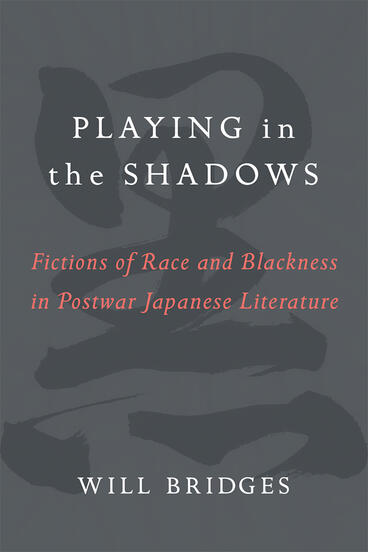Playing in the Shadows
Fictions of Race and Blackness in Postwar Japanese Literature
How do encounters with black literature, music, culture, and thinking invite postwar Japanese authors to re-envision the relationship between race and literature in the wake of world war?
Description
Playing in the Shadows considers the literature engendered by postwar Japanese authors’ robust cultural exchanges with African Americans and African American literature. The Allied Occupation brought an influx of African American soldiers and culture to Japan, which catalyzed the writing of black characters into postwar Japanese literature. This same influx fostered the creation of organizations such as the Kokujin kenkyū no kai (The Japanese Association for Negro Studies) and literary endeavors such as the Kokujin bungaku zenshū (The Complete Anthology of Black Literature). This rich milieu sparked Japanese authors’—Nakagami Kenji and Ōe Kenzaburō are two notable examples—interest in reading, interpreting, critiquing, and, ultimately, incorporating the tropes and techniques of African American literature and jazz performance into their own literary works. Such incorporation leads to literary works that are “black” not by virtue of their representations of black characters, but due to their investment in the possibility of technically and intertextually black Japanese literature. Will Bridges argues that these “fictions of race” provide visions of the way that postwar Japanese authors reimagine the ascription of race to bodies—be they bodies of literature, the body politic, or the human body itself.
Will Bridges is Assistant Professor of Japanese at the University of Rochester.
Reviews
"A must read for scholars of modern Japanese literature and culture, Will Bridges’s pathbreaking monograph will inform our understanding of racial
- Journal of Japanese Studies
thinking in postwar and contemporary Japan for years to come. ...Will Bridges’s Playing in the Shadows merits reading from cover to cover, more
than once."
—Journal of Japanese Studies
"Playing in the Shadows blazes a trail of light through the shadows, opening up new and fascinating directions."
- Journal of Asian Studies
—Journal of Asian Studies

